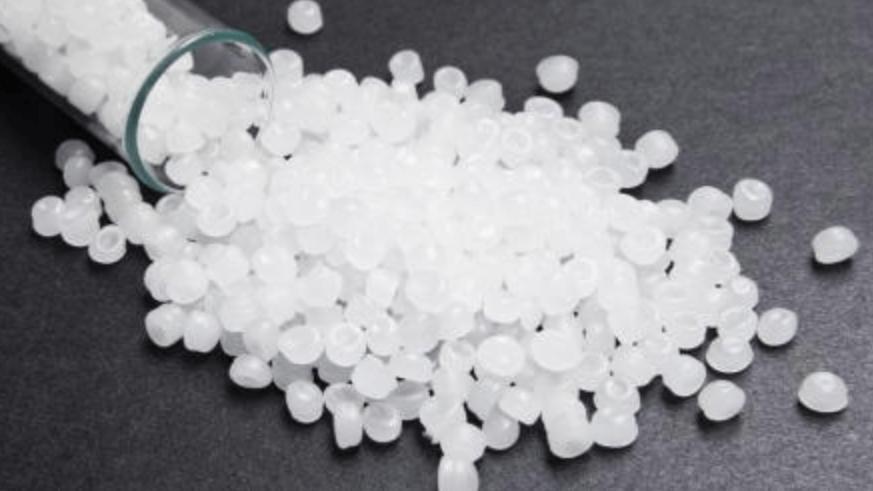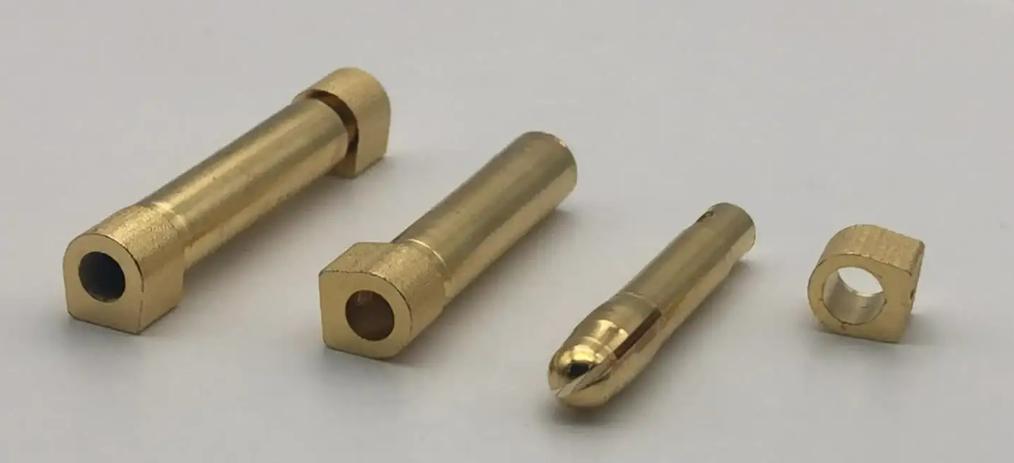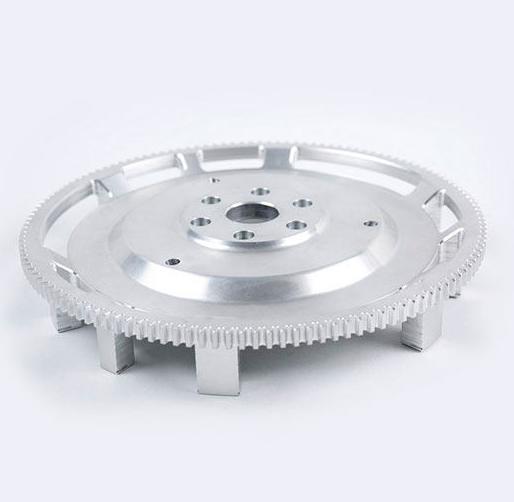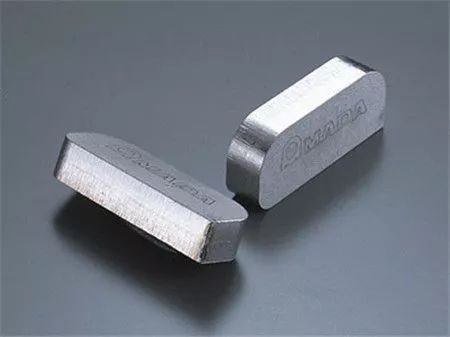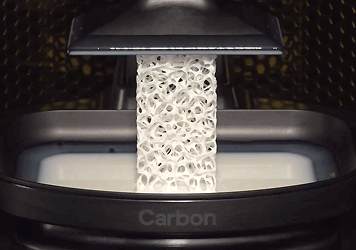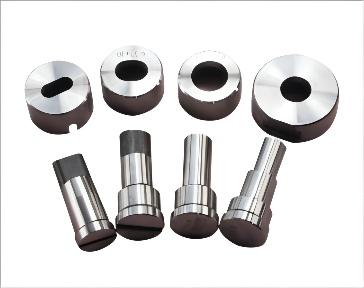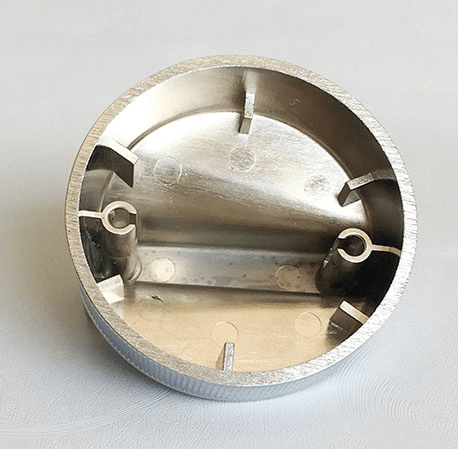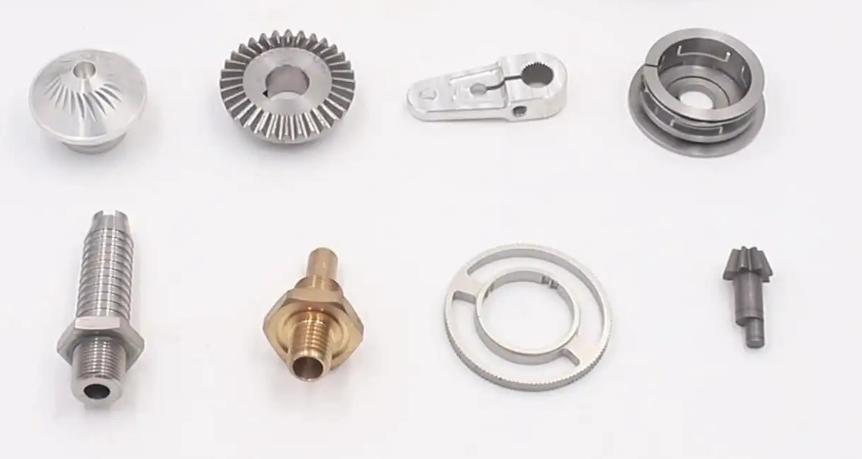In the dynamic and demanding field of aerospace engineering, materials play a crucial role in achieving high performance, reliability, and efficiency. Among the materials utilized, titanium stands out as a formidable choice due to its exceptional properties. To harness the full potential of this remarkable material, CNC (Computer Numerical Control) machining techniques have become an indispensable tool in the aerospace industry. By combining the versatility of CNC technology with the unique characteristics of titanium, manufacturers can create precision-engineered components that meet the stringent requirements of the aerospace sector. This article explores the benefits and diverse applications of CNC titanium machining within the aerospace industry.
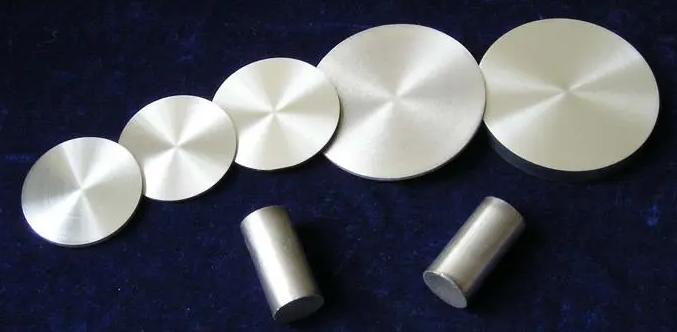
What are the Benefits of CNC Machining Titanium in Aerospace?
The benefits of CNC (Computer Numerical Control) titanium machining are numerous and contribute to its widespread adoption in various industries. Here are the key benefits and applications of CNC titanium machining in the aerospace sector:
- Strength-to-Weight Ratio: Titanium exhibits a high strength-to-weight ratio, making it an ideal material for aerospace applications. CNC machining allows for precise shaping of titanium components while retaining their strength properties. This leads to the production of lightweight aerospace parts without compromising structural integrity.
- Corrosion Resistance: Titanium possesses excellent corrosion resistance, which is critical in the aerospace industry due to exposure to harsh environmental conditions. CNC machining ensures that the surface finish of titanium components is maintained, enhancing their resistance to corrosion and extending their service life.
- High Temperature Resistance: Aerospace engines and systems operate under extreme temperature conditions. Titanium’s ability to withstand high temperatures makes it suitable for components exposed to heat, such as turbine blades and engine casings. CNC machining ensures the precise shaping and finishing of these components to meet the required specifications.
- Design Flexibility: CNC machining provides design flexibility, allowing for the creation of complex geometries and intricate designs. This is especially important in the aerospace industry, where aerodynamics and performance are key factors. CNC machining of titanium enables the production of precise, custom-shaped components to meet the specific design requirements of aircraft and aerospace systems.
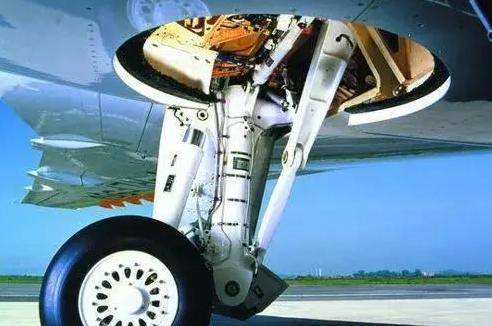
What are the Applications of CNC Machining Titanium in Aerospace?
- Engine Components
Turbine Blades: CNC machining is used to manufacture precision titanium turbine blades that exhibit aerodynamic efficiency and high-temperature resistance, ensuring optimal engine performance.
Engine Housings: CNC machining is employed to produce engine casings and housings with complex shapes and internal features, maintaining lightweight designs and providing efficient heat dissipation.
- Airframe Structures
Fuselage Components: CNC machining is utilized to fabricate titanium components for the aircraft fuselage, including frames, brackets, and structural members. These components provide strength, stability, and weight reduction for the airframe.
Wing Components: CNC machining is employed to produce titanium wing ribs, spars, and fittings, ensuring precise aerodynamic shapes and lightweight construction.
- Landing Gear
Landing Gear Components: CNC machining is used to manufacture landing gear components such as struts, pistons, and brackets, which require precise machining to ensure durability, weight reduction, and reliability during aircraft landings and takeoffs.
- Interior Components
Seat Frames: CNC machining is utilized to fabricate titanium seat frames for aircraft cabins, ensuring lightweight construction, strength, and passenger comfort.
Cabin Trim Components: CNC machining is employed to produce various interior trim components, including window frames, overhead bins, and air vent covers. Titanium’s corrosion resistance and aesthetic appeal make it suitable for these applications.
CNC titanium machining’s benefits, such as strength-to-weight ratio, corrosion resistance, and high-temperature resistance, make it a valuable technique for producing critical components in the aerospace industry. The precise and efficient manufacturing of titanium parts using CNC machining contributes to lightweight construction, improved performance, and enhanced durability of aerospace systems.
Conclusion:
The aerospace industry demands excellence in engineering, innovation, and safety, making CNC titanium machining a crucial technique in meeting these standards. With its exceptional strength-to-weight ratio, corrosion resistance, and high-temperature stability, titanium offers significant advantages for aerospace applications. The precision, efficiency, and versatility of CNC machining enable the production of complex, lightweight, and high-performance titanium components used in aircraft engines, airframes, landing gear, interiors, and auxiliary systems. By harnessing the benefits of CNC titanium machining, the aerospace industry continues to push the boundaries of engineering, ensuring safer, more efficient, and technologically advanced aircraft. As research and technology advancements continue to enhance CNC machining processes and materials, the future of CNC titanium in aerospace holds even more exciting possibilities.


